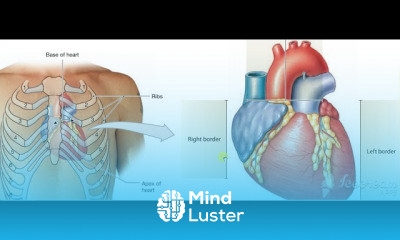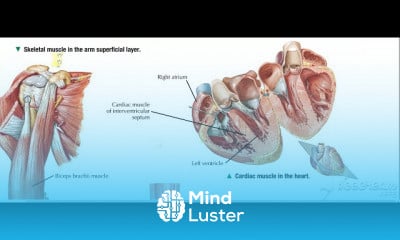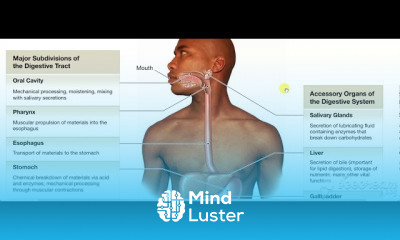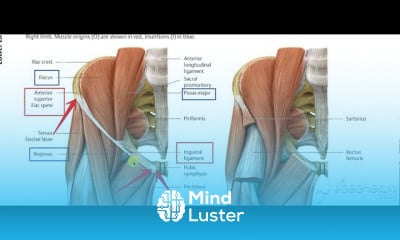Quadriceps femoris
Share your inquiries now with community members
Click Here
Sign up Now
Lessons List | 27
Lesson
Comments
Related Courses in Medical
Course Description
In human anatomy, the thigh is the area between the hip (pelvis) and the knee. Anatomically, it is part of the lower limb.
The single bone in the thigh is called the femur. This bone is very thick and strong (due to the high proportion of bone tissue), and forms a ball and socket joint at the hip, and a modified hinge joint at the knee
The musculature of the thigh can be split into three sections; anterior, medial and posterior. Each compartment has a distinct innervation and function.
The muscles in the anterior compartment of the thigh are innervated by the femoral nerve (L2-L4), and as a general rule, act to extend the leg at the knee joint.
There are three major muscles in the anterior thigh – the pectineus, sartorius and quadriceps femoris. In addition to these, the end of the iliopsoas muscle passes into the anterior compartment.
This article will cover the attachments, actions, innervations and clinical correlations of these muscles.
Iliopsoas
The iliopsoas is actually two muscles, the psoas major and the iliacus. They originate in different areas, but come together to form a tendon, hence why they are commonly referred to as one muscle.
Unlike many of the anterior thigh muscles, the iliopsoas does not extend the leg at the knee joint.
Attachments: The psoas major originates from the lumbar vertebrae, and the iliacus originates from the iliac fossa of the pelvis. They insert together onto the lesser trochanter of the femur.
Actions: Flexes the thigh at the hip joint.
Innervation: The psoas major is innervated by anterior rami of L1-3, while the iliacus is innervated by the femoral nerve.
Trends
Graphic design tools for beginners
Human Resources Management
Artificial intelligence essentials
Web Design for Beginners
French
Best zoology books
Figma for UX UI design
CMOS Logic Circuit Basics
Bioinformatics basics
Learning English Speaking
Build a profitable trading
Advanced Logo design methods
YouTube channel setup
Python for beginners
Photoshop Color Swatch essentials
Essential english phrasal verbs
Excel skills for math and science
Build a tic tac Toe app in Xcode
Financial Accounting
Cyber Security for Beginners | Edureka
Recent
Bioinformatics basics
Bioinformatics databases
Vitamin A to Z tablets
Best zoology books
Best cream for piles pain
Laser surgery for piles
Best cream for piles
Anal fissure treatment
Best antibiotics for diseases
Antibodies structure
Macrophage structure
Drosophila genetics
Diagnostic tests
Bioinformatics
Genetics
Gene therapy
Kidney structure
DNA replication and types
Bacterial cell structure
Parasite structure


















